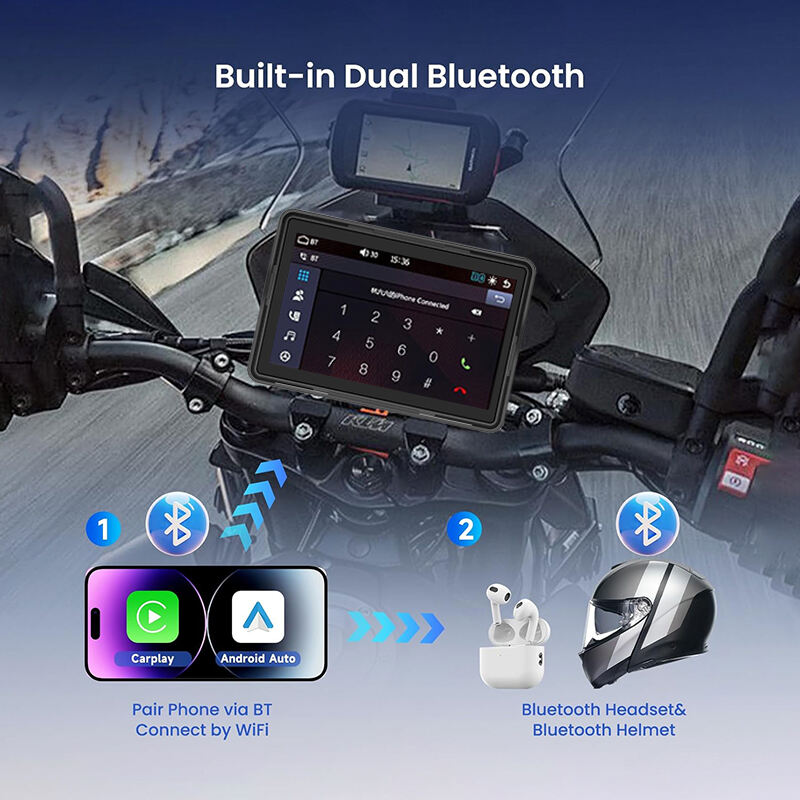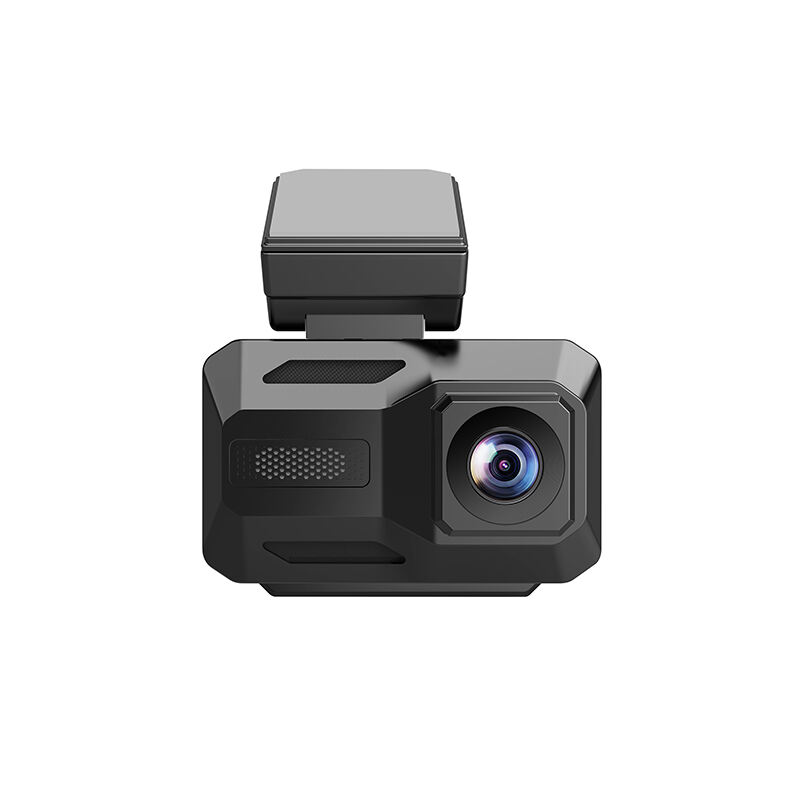Enhancing Road Safety with Modern Motorcycle Recording Technology
The open road calls to every motorcycle enthusiast, but with adventure comes the need for security and protection. Motorcycle dash cams have emerged as essential gear for riders who want to document their journeys and ensure their safety on the road. These compact yet powerful devices serve as silent witnesses to your rides, providing invaluable footage for both memorable experiences and unexpected incidents.
Modern motorcycle dash cams offer features that go far beyond simple video recording. From GPS tracking to weather resistance and advanced stabilization technology, these devices have evolved to meet the specific demands of two-wheeled transportation. Whether you're a daily commuter or a weekend warrior, having a reliable dash cam can make a significant difference in your riding experience.
Essential Features of Premium Motorcycle Dash Cams
Weather Resistance and Durability
When it comes to motorcycle dash cams, weather resistance is non-negotiable. Quality cameras must withstand rain, dust, and vibration while maintaining clear video quality. The best models feature IP67 or higher waterproof ratings, ensuring protection against heavy downpours and harsh weather conditions. Look for units with robust mounting systems that can handle the constant vibration of motorcycle riding without coming loose.
Durability extends beyond just weather protection. Premium motorcycle dash cams utilize high-grade materials like reinforced plastics or aluminum casings that can withstand impacts and extreme temperatures. Some manufacturers even subject their cameras to rigorous testing, including drop tests and extended vibration exposure, to ensure longevity.
Video Quality and Recording Capabilities
The primary function of motorcycle dash cams is to capture clear, detailed footage. Leading models offer 4K resolution recording capabilities, ensuring license plates and road signs remain legible even at high speeds. Wide-angle lenses, typically ranging from 140 to 170 degrees, provide comprehensive coverage of both the road ahead and peripheral areas.
Advanced recording features include high dynamic range (HDR) technology, which balances exposure in challenging lighting conditions. Night vision capabilities have also become increasingly sophisticated, with some cameras utilizing enhanced low-light sensors and automatic adjustment features to maintain video clarity after dark.

Installation and Mounting Solutions
Strategic Placement Options
Proper installation of motorcycle dash cams requires careful consideration of mounting locations. The most common placement is on the handlebars or front fairing, providing an unobstructed view of the road ahead. Some riders opt for dual-camera systems, with a second unit mounted at the rear for comprehensive coverage.
Professional mounting solutions often include adjustable brackets that allow fine-tuning of camera angles. Anti-vibration mounts with rubber dampeners help stabilize footage, while quick-release mechanisms enable easy removal when parking in public spaces.
Power Management Systems
Reliable power supply is crucial for continuous recording during rides. Modern motorcycle dash cams typically connect directly to the bike's electrical system, often with automatic start/stop functionality tied to the ignition. Some models feature built-in batteries for backup recording when the engine is off, while others include parking mode for surveillance while stationary.
Advanced power management systems protect both the camera and the motorcycle's battery. Voltage protection circuits prevent battery drain, while some units include thermal protection to prevent overheating during extended recording sessions in hot weather.
Advanced Safety Features and Smart Technology
Intelligent Recording Modes
Contemporary motorcycle dash cams incorporate smart recording features that enhance their utility. Impact detection automatically saves footage when sudden movements or collisions are detected. Loop recording ensures continuous operation by automatically overwriting older files when storage is full, while protecting important footage from deletion.
GPS integration adds another layer of functionality, recording speed and location data alongside video footage. This information can be invaluable for insurance claims or route tracking. Some advanced models even include real-time speed camera alerts and lane departure warnings.
Connectivity and Mobile Integration
Wireless connectivity has revolutionized how riders interact with their dash cams. Built-in Wi-Fi and Bluetooth enable quick file transfers to smartphones and tablets, while dedicated mobile apps provide remote control and live view capabilities. Some systems even support cloud storage for automatic backup of important footage.
Mobile integration extends to social features, allowing riders to easily share their adventures online. Advanced apps provide route tracking, speed logging, and even community features where riders can share favorite routes and points of interest.
Maintenance and Best Practices
Regular Maintenance Procedures
To ensure optimal performance, motorcycle dash cams require regular maintenance. This includes cleaning lenses, checking mounts for security, and verifying weather seals remain intact. Storage management is also crucial, with periodic reviews of saved footage to free up space for new recordings.
Firmware updates play a vital role in maintaining camera functionality and security. Many manufacturers provide regular updates that improve performance, add features, and fix potential issues. Staying current with these updates ensures your camera operates at its best.
Optimizing Recording Settings
Fine-tuning camera settings can significantly impact recording quality and storage efficiency. Understanding resolution options, frame rates, and compression settings helps balance video quality with storage capacity. Some riders prefer maximum quality for daytime recording while reducing resolution at night to improve low-light performance.
Advanced users often create different profiles for various riding conditions. These might include high-frame-rate settings for sport riding, maximum quality for scenic tours, and optimized night settings for commuting in darkness.
Frequently Asked Questions
How long does a typical motorcycle dash cam recording last?
Recording duration depends on several factors, including resolution settings, memory card capacity, and loop recording configuration. With a 128GB memory card at 1080p resolution, you can typically record 12-16 hours of footage before the oldest files begin to be overwritten.
Are motorcycle dash cams legal in all areas?
While dash cams are generally legal in most regions, specific regulations regarding mounting location and recording may vary. Some jurisdictions have restrictions on windshield mounting or audio recording. It's important to check local laws before installation.
Can motorcycle dash cams work in extreme weather conditions?
Quality motorcycle dash cams are designed to operate in a wide range of temperatures and weather conditions. Most premium models function reliably from -10°C to 60°C (14°F to 140°F) and feature weather-resistant construction to handle rain, snow, and dust.
How difficult is it to install a motorcycle dash cam?
Installation difficulty varies by model and mounting type. Basic handlebar-mounted units can be installed in minutes with simple tools, while hardwired systems may require professional installation to properly integrate with the motorcycle's electrical system.



